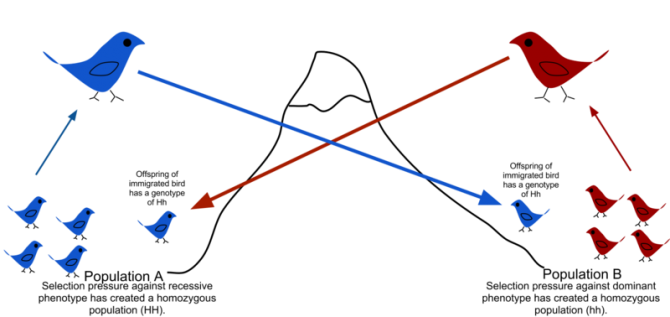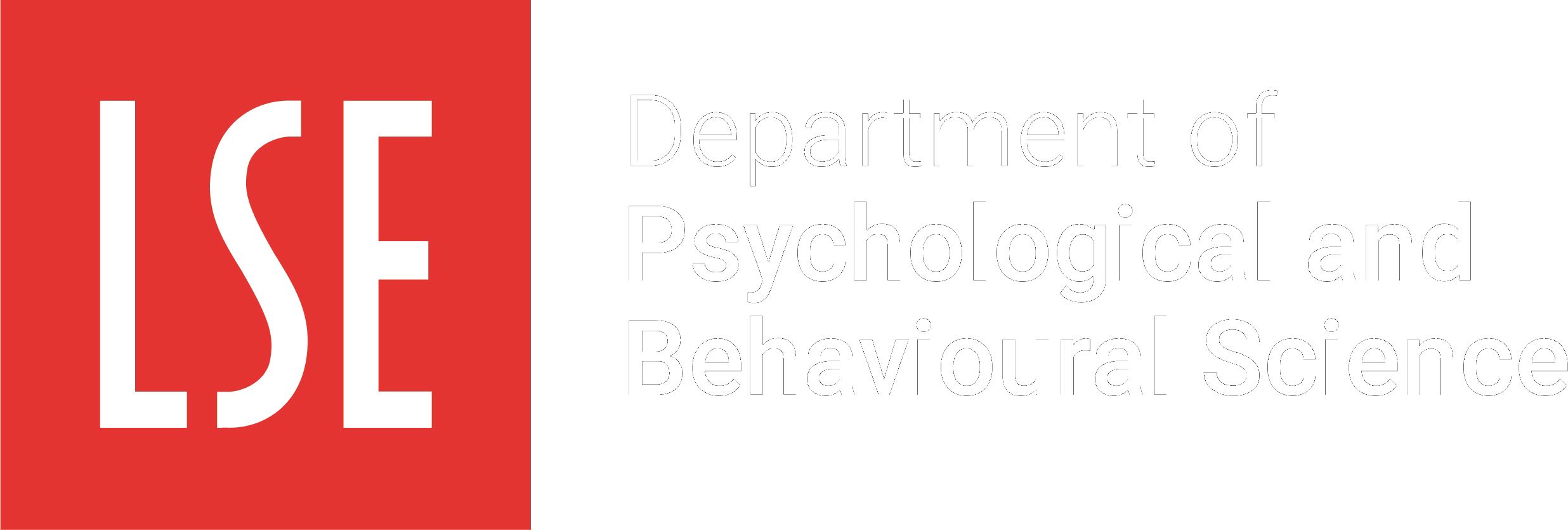There are an estimated 6,500 languages spoken in the world today…
In this blog post, Nicole George explores where language originated and how gene flow can tell us a lot about the huge variety and complexity of them, around the world.
Learning a language is easy right? Just download an app to your phone, pick a language, and practice for a few minutes a day. But have you ever given any thought as to how we came to have language in the first place? And why today we have such a multitude of diverse and varying languages?
Genetic models to explain language
There is evidence to suggest that humans are born with the innate ability to learn language programmed into our brains (Pinker 1995), provided our environment is conducive to language learning. This has been dubbed by some as the Language Acquisition Device (LAD) (Chomsky 1964).
Language and models of gene flow
Language is crucial to human life, and has been for millennia. Many researchers have argued we can learn about language evolution from models of gene flow across the globe (Reali 2009).
It is widely accepted that modern humans originated in Africa over 100,000 years ago (Oppenheimer 2009). At some point, various subsets of this single parent population decided to pack up and head elsewhere around the globe. This has been dubbed ‘The Great Human Expansion’ (Henn et al 2012). A first subset of the original population resettled; eventually a subset of that group moved on, taking with a them a further small subset of the group, until humans had spread all over the planet. As exemplified by figure 1, every time a subset moved on, they took with them a small subset of the original group’s genes and genetic characteristics. The parent population has the highest genetic variance. This great Homo Sapiens exodus from Africa led to a loss in genetic diversity with each move of a subset away from its origin. This model of gene flow is known as the ‘Serial Founder effect’.

Geographic isolation and populations
Gene flow can be affected by several factors. As we can see with our bird populations in figure 2, geographical factors (such as large mountain ranges) can block the interaction of different groups (Zerjal 2001). These geographical obstacles can prevent populations from mixing, inhibiting the sharing of genes, as well as language. For example, in Europe there are 33 recognized genetic boundaries, and of these, 31 are also recognised as linguistic boundaries (Barbujani 1999). Twenty-two of these boundaries are geographic, and 9 are solely linguistic meaning that language barriers as well as physical ones may have stopped populations interacting in the past, allowing different groups to evolve to have more linguistic differences.

Phonemic diversity
The serial founder effect model of gene flow may help us to piece together the puzzle of how languages may have evolved. Whilst there is no evidence of a first common language, some first common units of sounds, or “phonemes”, have been identified (Ruhlen 1994) (although this is controversial). Examples of these are the words “Ku” and “Ma”; perhaps a far cry from the “ugg” you may have expected from early language. Just as genetic diversity declines with geographic distance from Africa (Ramachandran 2005) , so does phonemic diversity (Atkinson 2011, Hunley 2015). This is exemplified by figure 3.

Phonemic diversity is affected by a series of demographic factors, including population size and geographic constraints. Populations at similar points of expansion and geographic locations may have interacted, allowing verbal exchange, leading to the sharing of phonemes between populations (Atkinson 2011).
Difference in phonemic diversity can be extraordinary. English for example, has 44 phonemes, a relatively low number when compared with !Kung, a language spoken in South Africa which contains 141 phonemes, including a variety of unique click sounds (Perreault 2012).
Populations in the Oceania region of the world have a very limited number of phonemes, having neither many phonemes overall nor any exclusive phonemes (Hunley 2012). The oceanic islands are quite a far distance from Africa, have a small population and are relatively isolated; all factors that have been associated with a smaller phonemic inventory size (Atkinson 2011).
When looking at gene expression in relation to the serial founder effect, genetic diversity can be mapped back to Africa using tree models (Hunley 2012). The ‘language tree’ is not so straight forward. Southeast Asia is home to the highest levels of phonemic diversity outside of Africa, (Perrault 2012). Evidence suggests there was a big population increase in Southeast Asia shortly after populations first arrived (Atkinson 2007), which led to the area having the highest phonemic diversity outside of Africa. Languages in the region would have been exchanged (and not isolated, as in the case of Oceania) allowing for the increase and recovery of diversity (Atkinson 2011).
Culture and Language
The phenomenon of language exchange leading to higher linguistic diversity, is parallel to the premise that sociality (social cooperation), can influence cultural complexity (Muthukrishna 2014). The bigger and crucially more interconnected a population is, the more complex its culture is likely to be. This model of cultural evolution can be looked at as a parallel to help explain language (phonemic) variance. We see low phonemic diversity in the isolated islands of Oceania, and high phonemic diversity in interconnected Southeast Asia.
Language and genetic models today
Genetic models, such as at the serial founder effect of gene flow, can help us to understand past language development; they take into account factors which influence language evolution such as geographical boundaries and human social interaction. We have seen for example that language (phonemic) diversity decreases with distance from Africa, much like genetic diversity does, as indicated by the Serial founder effect model. However, language evolves at a much faster rate than genes.
You have no doubt heard of the epic tale of Beowulf, but try to read it in its original old English and you would hardly

recognise the language. Try and listen to a rendition of it, and you’d think it was a Scandinavian language. It is evident that the English language alone has dramatically changed over the last 2000 years. Attempting to use a genetic model to explain the change from old to modern English would prove difficult.
The question of how language may have evolved is not a simple one to answer, and there is much debate amongst the literature. Genetic evolution happens slowly, so its variability across the globe is easily mappable. Language develops at a much faster rate. Therefore, genetic models can give us some interesting insights to language evolution (when used as a parallel model), but cannot solely be used to explain it. (Hunley 2012).
Further reading:
Genetic literacy project
“Mapping the world’s linguistic diversity- scientists discover links between your genes and the language you speak”; The University of York.
Further watching:
Genetic drift; The amoeba Sisters: https://www.youtube.com/watch?v=W0TM4LQmoZY




